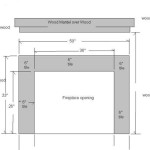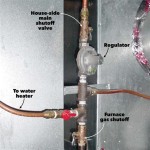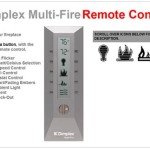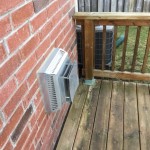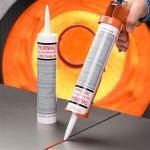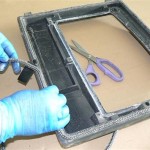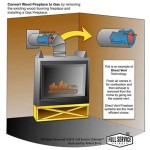Understanding the Surround of a Fireplace
A fireplace, a central gathering point in many homes, is not complete without an elegant and functional surround. The surround, which frames the fireplace opening, serves several essential purposes and can significantly enhance the overall aesthetic of the space.
Protective Layer
The primary function of the fireplace surround is to protect the surrounding wall and floor from heat and embers. As the fireplace burns, it generates intense heat that can damage untreated surfaces. The surround acts as a barrier, deflecting heat away from combustible materials and ensuring the safety of your home.
Aesthetic Appeal
Beyond its protective role, the fireplace surround also serves as a decorative element. It can complement or contrast with the existing décor, creating a visually appealing focal point. Surrounds come in a wide range of materials, from natural stone to ceramic tiles, each with its own unique texture, color, and pattern.
Materials for Fireplace Surrounds
Fireplace surrounds are typically constructed from non-combustible materials that can withstand high temperatures. Common materials include:
- Stone (e.g., marble, granite, limestone): Natural stone offers durability, heat resistance, and a timeless aesthetic.
- Ceramic Tile: Ceramic tiles are versatile, allowing for a wide range of colors, patterns, and textures.
- Firebrick: Firebrick is specially designed to withstand extreme heat, making it a durable and practical option.
- Metal: Metal surrounds, such as copper or steel, add a modern and industrial touch.
Additional Functionality
Some fireplace surrounds incorporate additional features to enhance their functionality. These may include:
- Mantle: A mantel is a shelf above the fireplace opening that can be used to display décor, artwork, or plants.
- Hearth: The hearth is the raised platform in front of the fireplace. It extends the heat-resistant surface and can also be used for storage.
- Firebox: The firebox is the enclosed cavity within the fireplace where the fire burns. It includes the grate that supports the fuel and the damper that controls airflow.
By understanding the essential aspects of a fireplace surround, you can make informed decisions when selecting and installing this important element in your home. A well-chosen surround will not only enhance the safety and functionality of your fireplace but also create a visually stunning focal point that adds charm and character to your living space.

What Are The Components Of A Fireplace Five Ways Fires

Fireplace Terms

Fireplace Anatomy
Deciphering Common Fireplace Terms

Getting To Know Your Fireplace Waterloo Kitchener Fireplaces Custom Cabinetry

What Are The Components Of A Fireplace Five Ways Fires

Get Fired Up Transform Your Fireplace Homesquare

Parts Of A Fireplace Chimney Explained With Diagrams And Real S

What Is A Fireplace Back Panel Direct Fireplaces

The Anatomy Of Fireplace
Related Posts

